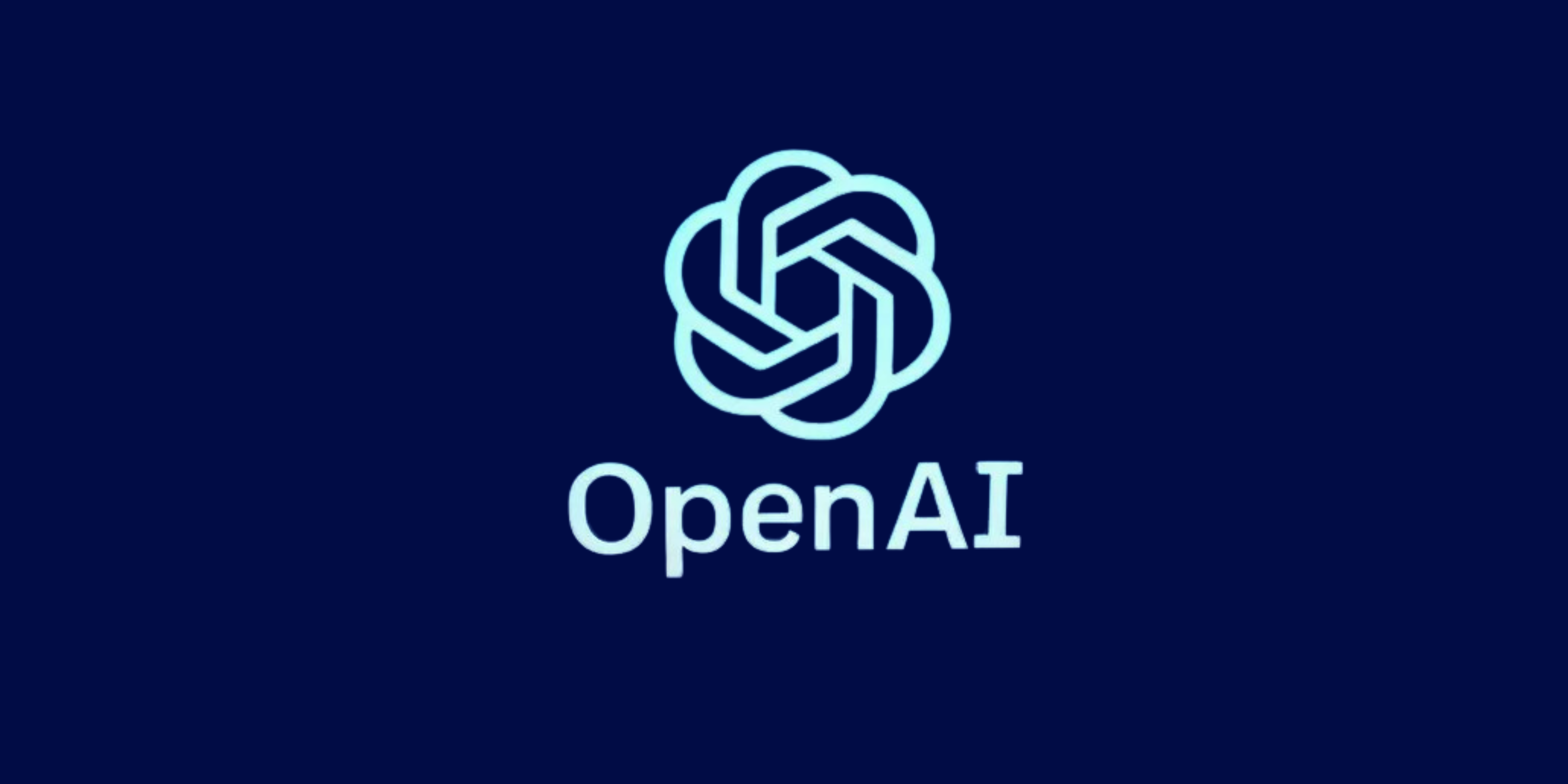Table of Contents
A New Milestone in Artificial Intelligence
Artificial intelligence has advanced from basic algorithms to highly advanced systems that can solve complex problems. OpenAI’s new O3 system has reached a groundbreaking level by achieving human-like performance on a test for general intelligence. This milestone highlights the potential of AI to understand, learn, and make decisions like a person.
In this blog, we’ll explore what the O3 system is, why this achievement is important, and how it could shape the future of technology and society.
What is the O3 System?
The O3 system is a cutting-edge AI model designed to handle various tasks, from answering questions to solving problems. Unlike earlier systems that excelled in specific areas, O3 aims to be a generalist—able to perform well in different fields, just like a human.
Key Features of the O3 System
- General Intelligence:
It can understand and respond to various types of tasks, making it more flexible than previous AI models. - Problem-Solving:
The system can analyze complex situations and come up with solutions, demonstrating reasoning skills similar to humans. - Learning Ability:
O3 can adapt and improve over time by learning from new data and experiences.
How Did the O3 System Achieve Human-Level Intelligence?
Reaching human-level intelligence required significant advancements in AI design and testing. Here’s how it was accomplished:
- Training on Diverse Data:
The O3 system was trained on a massive dataset containing information from various fields, allowing it to handle different tasks. - Rigorous Testing:
The AI underwent a general intelligence test to measure reasoning, learning, and adaptability. Its performance matched that of a human in many areas. - Improved Architecture:
Engineers developed an advanced model structure mimicking how humans process information, enabling better decision-making and understanding.
Why Is This Achievement Important?
This milestone is significant for several reasons:
- Advancing AI Technology:
The O3 system demonstrates that AI can move beyond specialized tasks and tackle a broader range of problems, bringing us closer to general-purpose AI. - Enhancing Human Productivity:
With its ability to handle complex tasks, O3 could assist humans in areas like education, healthcare, and research, boosting productivity and efficiency. - Improving Decision-Making:
AI systems with human-level intelligence could provide valuable insights and solutions for real-world challenges, such as climate change and global health issues. - Ethical Implications:
As AI reaches human-like capabilities, it raises questions about how these systems should be used, regulated, and integrated into society.
Potential Applications of the O3 System
The versatility of the O3 system opens up possibilities in various fields:
1. Education
- Personalized learning experiences tailored to each student’s needs.
- Tutoring systems that can answer questions and explain concepts in detail.
2. Healthcare
- Assisting doctors in diagnosing and treating diseases.
- Analyzing medical research to find new treatments and cures.
3. Business and Finance
- Helping companies make data-driven decisions.
- Automating repetitive tasks, saving time and resources.
4. Scientific Research
- Solving complex equations and analyzing large datasets.
- Assisting researchers in exploring uncharted areas of science.
5. Everyday Use
- Smart assistants that can handle a wider range of questions and tasks.
- Tools for creative projects like writing, art, and design.
Challenges and Ethical Considerations
While the O3 system’s achievement is impressive, it also presents challenges:
- Ethical Use:
How do we ensure AI is used responsibly and doesn’t harm individuals or society? - Bias in AI:
Ensuring the O3 system remains fair and unbiased in its decision-making is crucial. - Job Impact:
With AI handling more tasks, there could be concerns about its impact on employment in certain sectors. - Regulation:
Governments and organizations need to establish guidelines for using AI systems with human-level intelligence.
What’s Next for AI and the O3 System?
The success of the O3 system paves the way for further advancements in AI:
- Expanding Capabilities: Future systems could surpass human intelligence and solve problems beyond our understanding.
- Integration into Daily Life: More industries and individuals will adopt AI tools, making them a regular part of everyday life.
- Collaborative AI: Teams of AI systems and humans could work together to tackle the world’s biggest challenges.
Conclusion: A Giant Leap for Artificial Intelligence
The O3 system’s achievement of human-level intelligence marks a new chapter in the development of AI. Its ability to understand, learn, and solve problems like humans opens doors to countless possibilities across various fields.
While this milestone brings excitement, it also calls for careful thought about how we use and regulate such advanced technologies. The future of AI is bright, but it’s up to us to ensure it benefits everyone.
